REGEN VILLAGES | EFFEKT Location: Almere, The Netherlands Learn More: archdaily.com | www.effekt.dk







REGEN VILLAGES | EFFEKT Location: Almere, The Netherlands Learn More: archdaily.com | www.effekt.dk
“Urban dwellers across the world work hard to pay the commodities of their homes, such as mortgage, energy, water and heating, cooling and food. We envision homes that work for you, producing clean energy, water, food off the grid at affordable land prices outside our big cities.” - Sinus Lynge, co-founder of EFFEKT
More Posts from Copperfingertips and Others
i think one of the things i want to start learning in 2018 is how to make clothes. how do you start doing that?



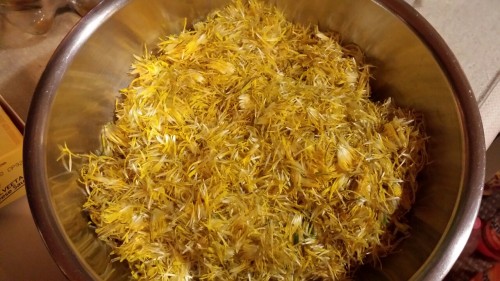
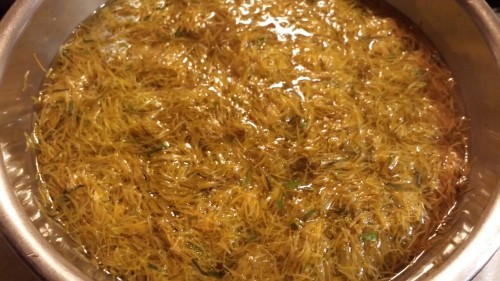
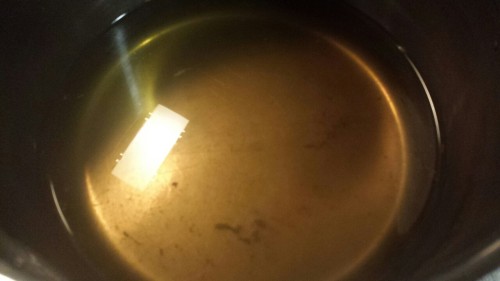


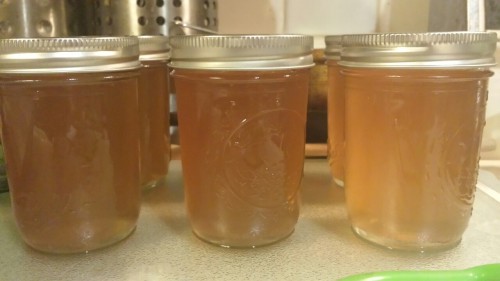
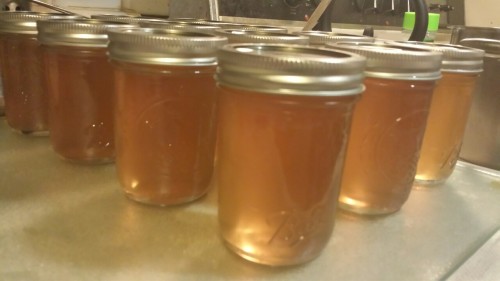
DANDELION JELLY! !! It tastes like honey! 🐝🐝🐝🐝🐝🐝🐝🐝🐝🐝🐝 been a busy bee last few days harvesting flowers, plucking petals, extracting nectar, straining and canning this delicious jelly! Very Tideaous work but it’s worth it!
3 cups dandelion tea (made from 4 cups of petals in boiled water overnight ) 4 cups of sugar 2 tbsp fresh lemon juice 6 tbsp of regular ball fruit pectin Water bath can for 10 minutes Makes 6 - ½ pints
4/20/16

Public service announcement

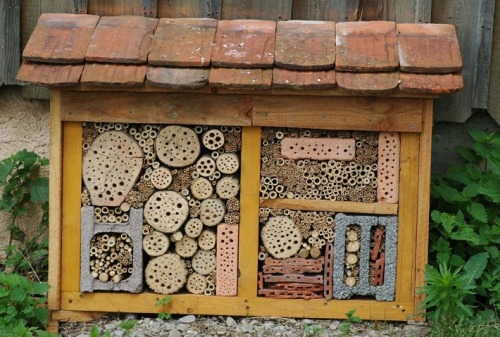
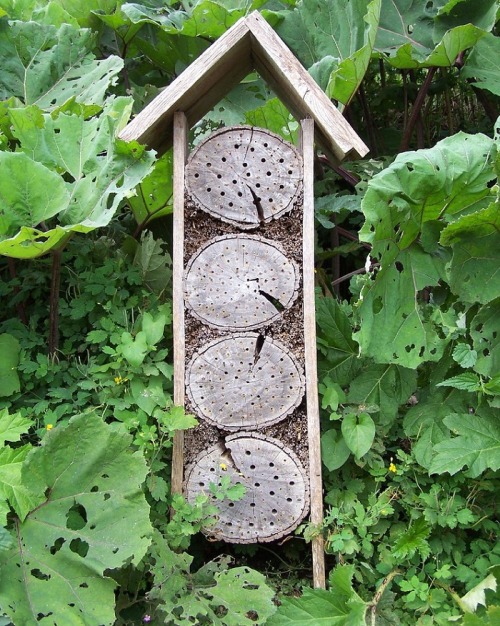

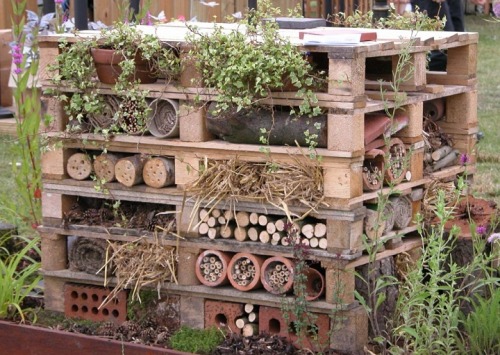

Insect Hotels
Over 30% of solitary bee species are wood nesters, some spending up to nine months of their lives as larvae incubating in forest deadfall. Ladybugs hibernate over winter in stacks of twigs, and other beneficial creatures – like wasps, lizards, moths, hedgehogs, beetles, and dragonflies – love to find little nooks and crannies to hide from predators and the elements, at any time of year.
An insect hotel is ideally placed in a sheltered location, but still in the sunlight. Ants sometimes eat bee larvae, so a solitary bee hotel is best placed off of the ground. Often, a wire mesh is placed on the outside to prevent bird predation. Ideally, the surrounding area should host flowering and insectary plants, to provide food for the guests!
These natural habitats are often missing from a domestic or overly-landscaped garden, and are absolutely vital to the health of your plants, local life web, and for the pollination of your garden. Designing for your native wildlife is crucial for a long-term healthy, productive, and sustainable space. Good, ecologically-minded design also minimises the amount of work you have to do: for example, I find that when I practice companion planting with insectary Apiaceae-family plants, I never have an aphid problem, because predatory beetles abound, and they eat problematic insects before they get established. Creating balanced ecosystems is a form of biological pest control.
An insect hotel is easily made from twigs, wood, tiles, pinecones, bricks, bark, grass, and other natural or salvaged materials. The form can differ, depending on what sort of creatures you would like to attract, and your aesthetics, but it should basically be designed from a “bug’s eye” view of the world: research what your local species are and what they require in terms of a habitat, and then create it for them in a manner that appeals to your eye.
These are also excellent projects for kids: they are fun and easy to make, interesting to observe, and help foster an early understanding of biology and ecology.
#DIY #bees #insects #entomology #biomimicry #permaculture #kids #art
Pre-made insect hotels: North America / Europe
Images:
B. Alter - Royal Bank of Canada New Wild Garden at the Chelsea Flower Show
sav-überlingen.de
Sissi de Kroon, flickr.com
Insect hotel in Hoofddorf, Holland. Bob Daamen, flickr.com
Cheshire Wildlife Trust, cheshirewildlifetrust.org.uk
Kevin Smith and Lisa Lee Benjamin. floragrubb.com
Inspiration Green Article on Insect Hotels
“Solarpunk can see the spots where trees have broken through the asphalt for what they are: great places to grow trees.”
— Andrew Dana Hudson, from a forthcoming essay on solarpunk politics (via solarpunks)
Hey, listen: We’re not gonna get anywhere with this “socialism” stuff unless we can establish solidarity networks that provide real, tangible aid. And I do mean “tangible” in the sense of “you can fill up a box with it.”
Back in the old-timey days, when we didn’t have things like a minimum wage or government assistance, folks didn’t think twice about paying union dues every month out of their meager paychecks. And in those days, when it was a regular, everyday occurrence for union people to get beat up or outright murdered for their union-ing, the unions still managed to win a lot of their fights. Reason for all that? The bigger part of them union dues I mentioned *went into a strike fund*.
Time on a picket line means time off the clock. And as for me, in this economy, if I go a week without a check, my family don’t eat. I go two weeks without a check, and we’re homeless. And them’s the brakes.

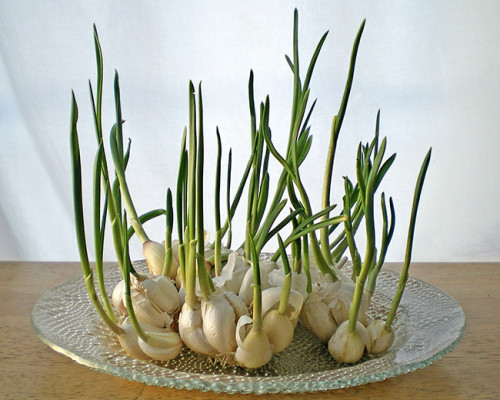
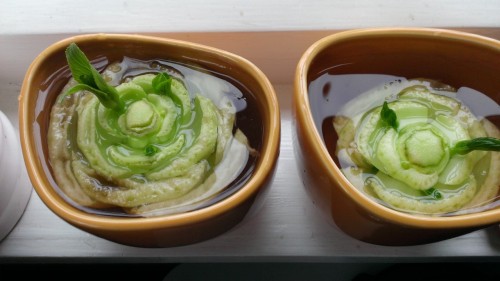
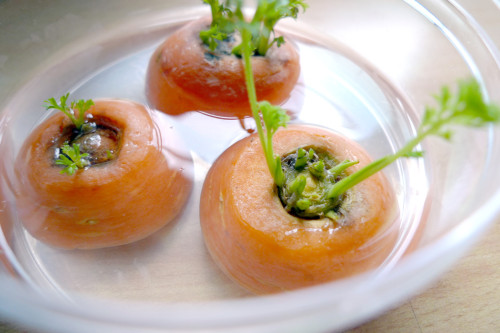
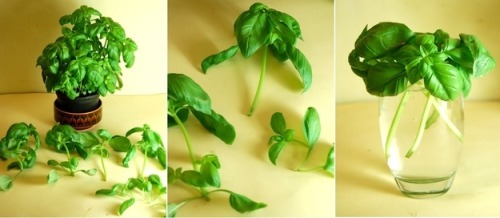

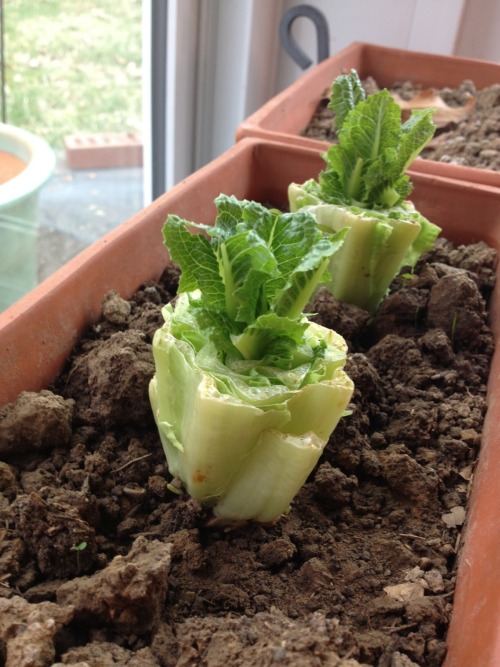
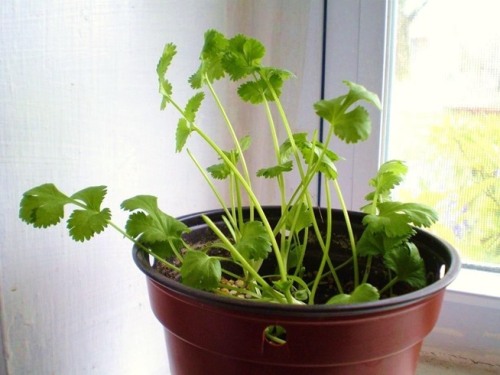
8 vegetables that you can regrow again and again.
Scallions
You can regrow scallions by leaving an inch attached to the roots and place them in a small glass with a little water in a well-lit room.
Garlic
When garlic begins to sprout, you can put them in a glass with a little water and grow garlic sprouts. The sprouts have a mild flavor than garlic and can be added to salads, pasta and other dishes.
Bok Choy
Bok choy can be regrown by placing the root end in water in a well-lit area. In 1-2 weeks , you can transplant it to a pot with soil and grow a full new head.
Carrots
Put carrot tops in a dish with a little water. Set the dish in a well-lit room or a window sill. You’ll have carrot tops to use in salads.
Basil
Put clippings from basil with 3 to 4-inch stems in a glass of water and place it in direct sunlight. When the roots are about 2 inches long, plant them in pots to and in time it will grow a full basil plant.
Celery
Cut off the base of the celery and place it in a saucer or shallow bowl of warm water in the sun. Leaves will begin to thicken and grow in the middle of the base, then transfer the celery to soil.
Romaine Lettuce
Put romaine lettuce stumps in a ½ inch of water. Re-water to keep water level at ½ inch. After a few days, roots and new leaves will appear and you can transplant it into soil.
Cilantro
The stems of cilantro will grown when placed in a glass of water. Once the roots are long enough, plant them in a pot in a well-lit room. You will have a full plant in a few months.
capitalism is fucking scary because it will commodify literally anything. it commodifies the rebellion culture that is supposed to strike against the system but capitalism turns it into “punk rock”. it commodifies spirituality to make you buy self help books that teaches you to stay away from capitalism. it commodifies minimalism and makes you buy things to maintain your minimalist aesthetic. it commodifies global warming, one of the deadliest consequences of capitalism itself and guilt trips you into buying “green products”. it commodifies itself and creates the idea that vanity is fashionable. it will eat everything up.
How anarchist organizers in rural Puerto Rico rebooted their power grid after the privatized power company abandoned them

After being hammered by hurricane Maria, the residents of the rural Puerto Rican mountain town of Mariana got tired of waiting for the bumbling, privatized, cash-starved power authority to reconnect them to the grid, so the anarchist organizer Christine Nieves founded Proyecto de Apoyo Mutuo, one of a dozen-odd cooperatives across the island to create their own solar grid; by the time the The Puerto Rico Electric Power Authority finally put in appearance, Mariana had had power for two whole months.
After Maria, Puerto Rico suffered the second-longest blackout in world history, ignored by both the federal government and the gutted, heavily privatized local government. So community organizers like Nieves took matters into their own hands.
Nieves’s group formed an alliance with the Katrina-inspired Mutual Aid Disaster Relief, which fundraised to send gear to Puerto Rico.
The island-wide efforts are rare bright spots in a year-long crisis with no end in sight. Naturally, they’ve faced police harassment and raids looking for “antifa.”
https://boingboing.net/2018/09/13/better-than-bounty.html
-
 kathenaum reblogged this · 2 years ago
kathenaum reblogged this · 2 years ago -
 kathenaum liked this · 2 years ago
kathenaum liked this · 2 years ago -
 anfiscopio liked this · 3 years ago
anfiscopio liked this · 3 years ago -
 citrusandsuns reblogged this · 3 years ago
citrusandsuns reblogged this · 3 years ago -
 citrusandsuns liked this · 3 years ago
citrusandsuns liked this · 3 years ago -
 melonfairyghost liked this · 3 years ago
melonfairyghost liked this · 3 years ago -
 reinato reblogged this · 4 years ago
reinato reblogged this · 4 years ago -
 harimeeraa liked this · 4 years ago
harimeeraa liked this · 4 years ago -
 apocalypticcryptid liked this · 4 years ago
apocalypticcryptid liked this · 4 years ago -
 ksgm2 liked this · 4 years ago
ksgm2 liked this · 4 years ago -
 phantasmagoia reblogged this · 4 years ago
phantasmagoia reblogged this · 4 years ago -
 sbtg-outofcontext reblogged this · 4 years ago
sbtg-outofcontext reblogged this · 4 years ago -
 sbtg-outofcontext liked this · 4 years ago
sbtg-outofcontext liked this · 4 years ago -
 itsjusthewayoufeel liked this · 4 years ago
itsjusthewayoufeel liked this · 4 years ago -
 magysm liked this · 4 years ago
magysm liked this · 4 years ago -
 patchwork-rabbit liked this · 4 years ago
patchwork-rabbit liked this · 4 years ago -
 filthycreaturegirl liked this · 4 years ago
filthycreaturegirl liked this · 4 years ago -
 free-hug-is-free liked this · 4 years ago
free-hug-is-free liked this · 4 years ago -
 sinversus reblogged this · 4 years ago
sinversus reblogged this · 4 years ago -
 sinversus liked this · 4 years ago
sinversus liked this · 4 years ago -
 nutshellofinfinitespace reblogged this · 5 years ago
nutshellofinfinitespace reblogged this · 5 years ago -
 ahmadjuhi liked this · 5 years ago
ahmadjuhi liked this · 5 years ago -
 summer-warrior liked this · 5 years ago
summer-warrior liked this · 5 years ago -
 eespark liked this · 5 years ago
eespark liked this · 5 years ago -
 dasdritteauge reblogged this · 5 years ago
dasdritteauge reblogged this · 5 years ago -
 iamdependent reblogged this · 5 years ago
iamdependent reblogged this · 5 years ago -
 iamdependent liked this · 5 years ago
iamdependent liked this · 5 years ago -
 solarpunk-and-stuff reblogged this · 5 years ago
solarpunk-and-stuff reblogged this · 5 years ago -
 havuren liked this · 5 years ago
havuren liked this · 5 years ago -
 d-rk reblogged this · 5 years ago
d-rk reblogged this · 5 years ago -
 misty-anne liked this · 5 years ago
misty-anne liked this · 5 years ago -
 pineghost liked this · 5 years ago
pineghost liked this · 5 years ago -
 blacksand456 liked this · 5 years ago
blacksand456 liked this · 5 years ago -
 sevendeadlysams reblogged this · 5 years ago
sevendeadlysams reblogged this · 5 years ago -
 sevendeadlysams liked this · 5 years ago
sevendeadlysams liked this · 5 years ago -
 3death-positive3 liked this · 5 years ago
3death-positive3 liked this · 5 years ago -
 purplenickel reblogged this · 5 years ago
purplenickel reblogged this · 5 years ago -
 sulpher reblogged this · 5 years ago
sulpher reblogged this · 5 years ago






